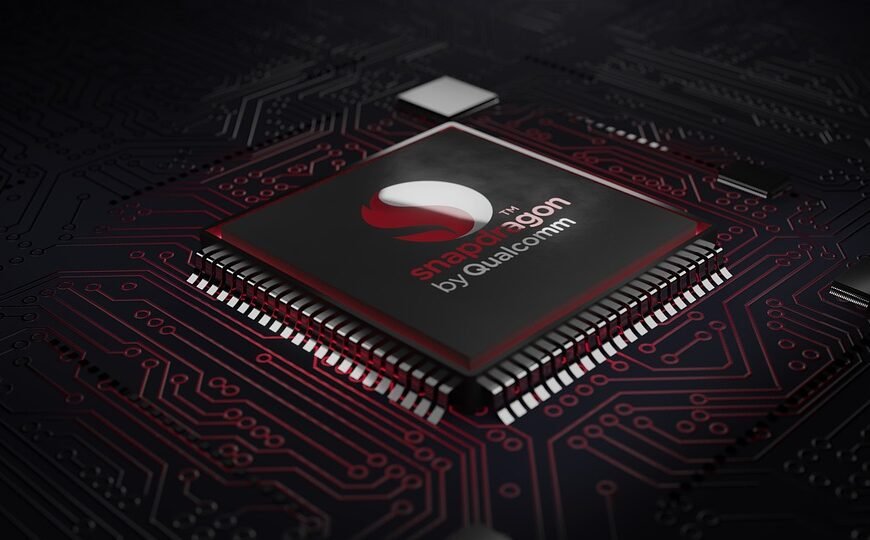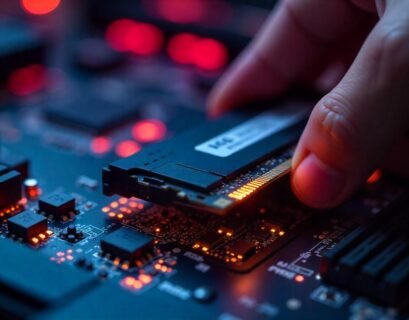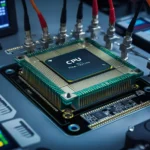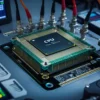Introduction
In the realm of technology, there has been a significant paradigm shift toward data-driven decision-making, automated systems, and intelligent applications. This shift largely hinges on advances in Machine Learning (ML) and Data Processing (DP), two disciplines that are profoundly changing industries ranging from healthcare to finance. At the heart of this transformation lies the Central Processing Unit (CPU), the brain of the computer. CPUs are the workhorses of computing, executing billions of instructions per second and serving as a vital component in processing data and training machine learning models. This comprehensive article explores the impact of CPUs on machine learning and data processing, examining industry insights, technical innovations, their future outlook, and wrapping up with a compelling conclusion on their significance in technological advancement.
The Role of CPUs in Machine Learning
CPUs, originally optimized for general-purpose tasks, have traditionally been the primary unit of computation in computers. They handle a variety of tasks including mathematical calculations, logic operations, and data manipulation. In recent years, the role of CPUs in machine learning has been expanded due to their unique capabilities and increasing computational power.
Architecture and Performance
Modern CPUs are multi-core architectures, allowing them to execute multiple threads concurrently. This feature is crucial for machine learning workloads that often require parallel processing. For instance, when training models such as neural networks, multiple calculations can be performed simultaneously, enhancing the speed of training times. Intel and AMD are among the leaders in producing powerful CPUs, featuring technologies like Intel’s Turbo Boost and AMD’s Precision Boost that dynamically adjust the clock speed to maximize performance based on workload.
RAM and Memory Bandwidth
Even with advanced algorithms and architectures, if the CPU is bottlenecked by insufficient RAM or limited memory bandwidth, performance will decline drastically. High-performance CPUs paired with DDR5 RAM and massive caches allow for faster data access, which is essential for machine learning tasks that involve large datasets. Data locality is crucial in reducing latency and enhancing throughput, thus impacting the processing speed of machine learning algorithms.
Industry Insights
The implications of CPU performance in machine learning are applicable across various sectors, from finance to healthcare, manufacturing, and media.
Finance
In the finance world, algorithms for algorithmic trading rely heavily on data processing speed. High-frequency trading systems utilize CPUs to analyze vast sets of financial information in real time. These systems must quickly react to market changes, making performance and latency critical. Financial institutions often invest in powerful CPU architectures to enhance their trading capabilities.
Healthcare
In healthcare, machine learning models are increasingly used for predictive analytics and personalized medicine. High-performance CPUs allow healthcare providers to process medical records and genomic data with greater efficiency, thereby improving patient outcomes. For instance, natural language processing (NLP) applications that extract insights from unstructured data, such as doctors’ notes or medical literature, benefit significantly from powerful CPU architectures.
Retail
In the retail sector, personalized marketing is driven by machine learning, pulling data from sales transactions and consumer behavior. The ability of CPUs to analyze this data in real time allows companies to tailor marketing strategies and inventory management. Retailers leverage advanced CPUs to implement recommendation systems, which provide targeted suggestions to customers, thus enhancing customer experiences and boosting sales.
Technical Innovations
The development of CPUs is undergoing rapid advancements, focusing on improvements in architecture, energy efficiency, and integration with GPUs and specialized processors.
Shift Towards Hybrid Architectures
One of the most promising innovations is the emergence of hybrid architectures that combine CPUs with Graphics Processing Units (GPUs) and other accelerators like Tensor Processing Units (TPUs). GPUs excel in parallel processing, making them ideal for training deep learning models. However, CPUs remain essential for managing the overall system and handling tasks with lower parallelism. This symbiosis allows for optimized workflows, where CPUs manage data feeds and GPUs perform computationally intensive tasks.
Energy Efficiency and Sustainability
With the growing demands for power-efficient computing, the shift towards energy-efficient CPUs has gained momentum. Innovations such as dynamic voltage and frequency scaling (DVFS) allow CPUs to optimize power usage without compromising performance. Companies are focusing on sustainable computing by developing CPUs that minimize energy consumption, thus reducing their environmental impact.
Emerging Technologies: Quantum Computing
While still in its infancy, quantum computing represents a potential revolution in computing technology. Quantum processors could offer exponential speed-ups for certain machine learning tasks. Although traditional CPUs will not be completely overshadowed, the potential integration of quantum computing with existing architectures is an area of active research, promising to transform data processing and machine learning capabilities significantly.
Future Outlook
The future of CPUs in the context of machine learning and data processing is bright, characterized by ongoing advancements that will influence a wide range of applications.
Scalability and Cloud Computing
As more organizations adopt cloud computing, the architecture of CPUs is evolving to cater to distributed systems. Scalability will be paramount, where CPUs must efficiently handle elastic workloads across various cloud environments. This trend allows businesses to scale their machine learning operations based on demand, leading to more cost-effective solutions and the democratization of machine learning capabilities.
AI-specific CPUs
We can expect a rise in AI-specific CPUs designed to optimize machine learning tasks. Companies like IBM and Google are at the forefront, developing processors that are purpose-built for AI workloads, enhancing efficiency and performance. These specialized architectures will likely dominate future CPU designs, focusing on high-throughput and low-latency processing.
Advancements in Software: CPU-GPU Co-Optimization
As hardware becomes more integrated, the relationship between CPUs and GPUs will continue to evolve. Software advancements that optimize workflows between CPUs and GPUs will drive greater efficiency in machine learning processes. Tools such as TensorFlow and PyTorch are making strides in optimizing their frameworks for heterogeneous computing environments, minimizing idle time and maximizing performance.
Conclusion
The impact of CPUs on machine learning and data processing cannot be overstated. As the backbone of computing, CPUs facilitate an unprecedented era of productivity and efficiency, enabling industries to leverage large volumes of data for actionable insights and intelligent decision-making. The evolution of CPU architectures and their interplay with GPUs and other computation units will significantly influence the future landscape of technology.
We stand at a crossroads where continuous innovations in CPU technology and shifting computational paradigms imply that organizations must stay agile and adapt to these changes. In this context, understanding the capabilities of CPUs—and harnessing their power effectively—will be vital in advancing machine learning and data processing. The journey ahead not only holds enhancements in performance and efficiency but also promises a deeper integration of AI technologies into everyday life, fundamentally reshaping how we work, live, and interact with machines. Whether through improved health diagnostics, better personalized services in retail, or enhanced cybersecurity measures, the importance of CPUs remains pivotal in this technological evolution. In conclusion, as we push the boundaries of what’s possible, CPUs will remain at the forefront, driving innovation, supporting intelligence, and steering the future of machine learning and data processing.

















